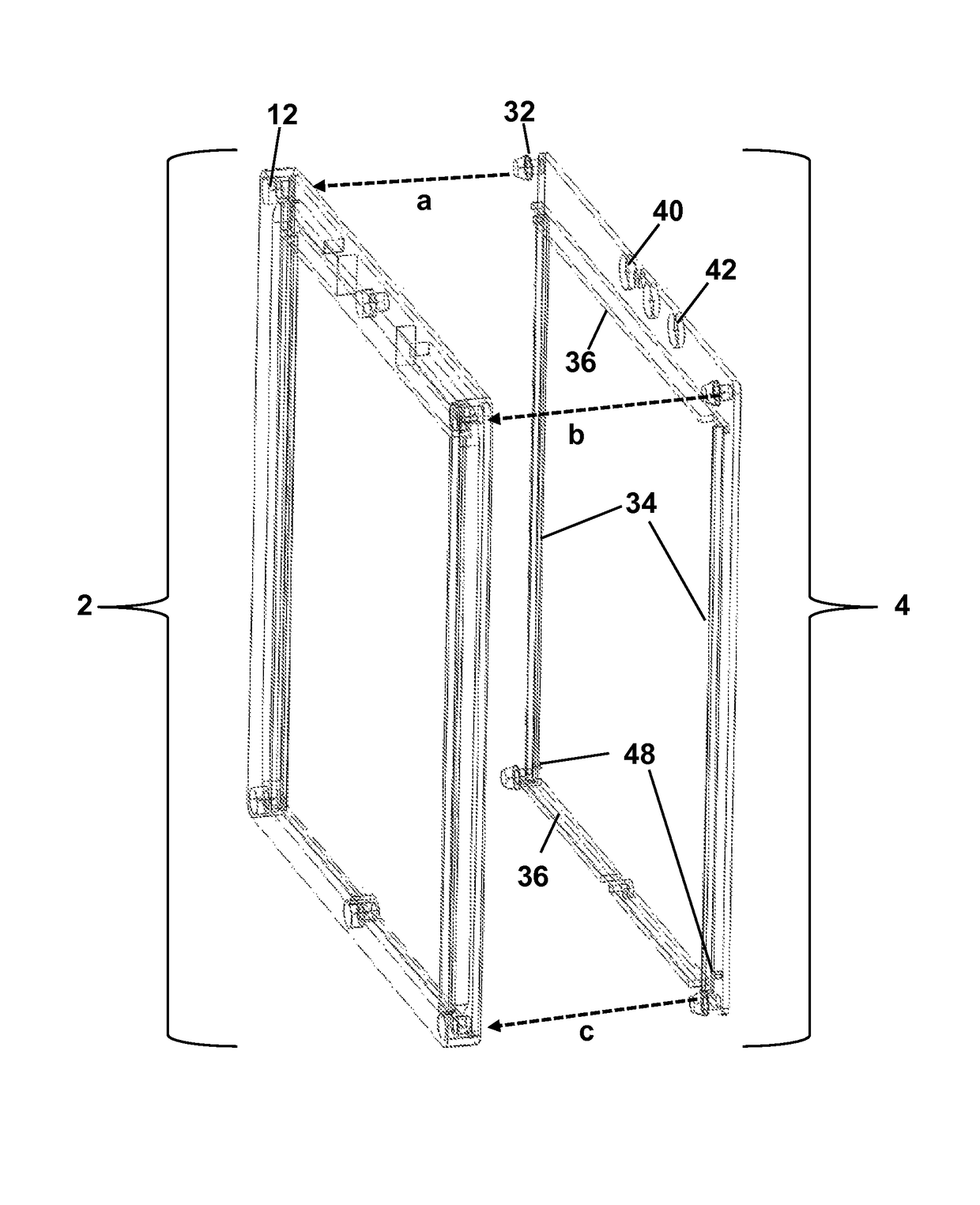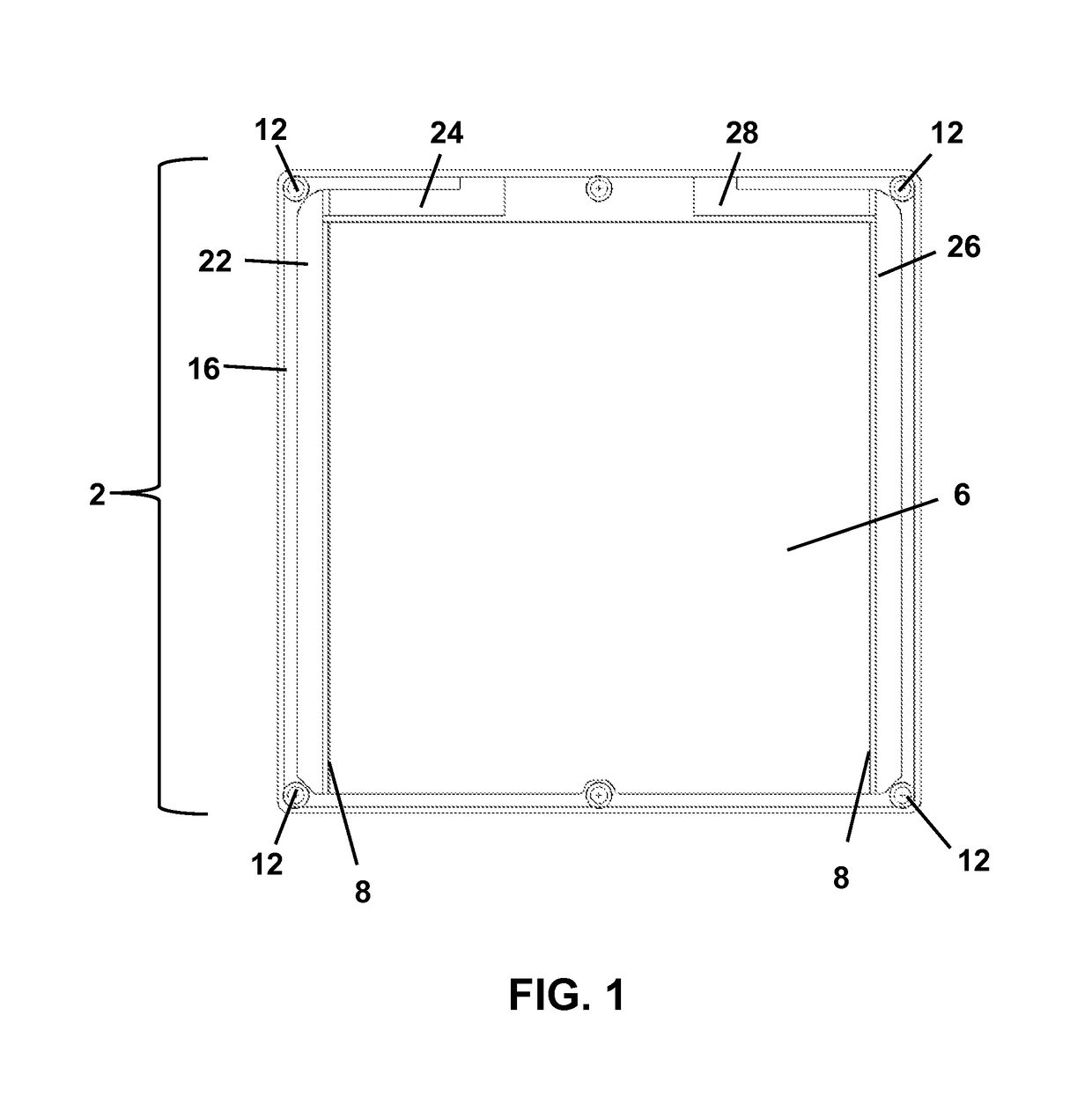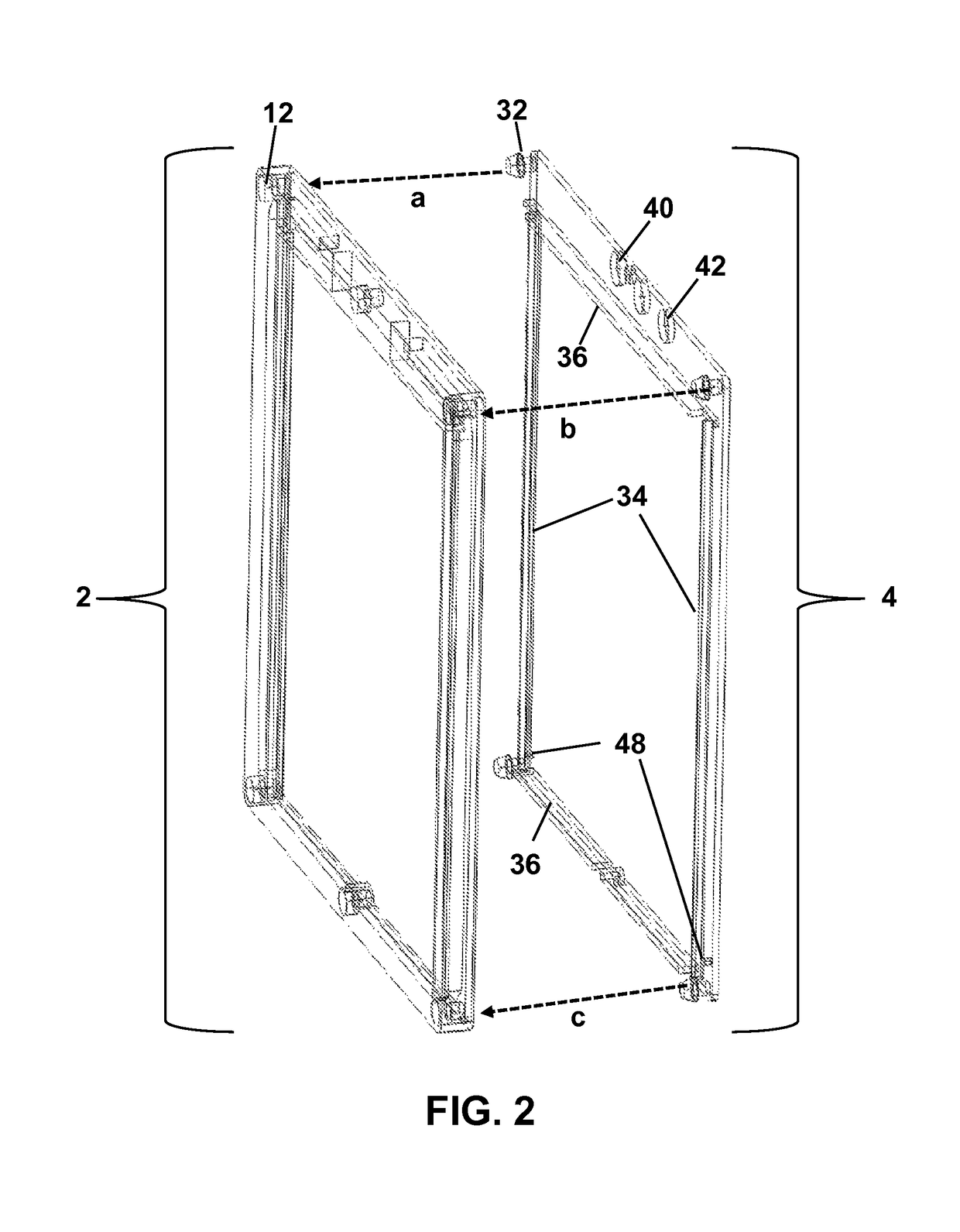Power wafer
a technology of power wafers and wafers, which is applied in the direction of sustainable manufacturing/processing, battery technology, cell components, etc., can solve the problems of limited materials, increased energy, and corresponding advancements in battery technology, and achieve the effect of increasing energy storag
- Summary
- Abstract
- Description
- Claims
- Application Information
AI Technical Summary
Benefits of technology
Problems solved by technology
Method used
Image
Examples
Embodiment Construction
)
[0084]In the following detailed description, reference is made to the accompanying drawings that form a part hereof, and in which is shown by way of illustration specific examples that can be practiced. It is to be understood that other examples can be utilized and that logical, mechanical, electrical and other changes can be made without departing from the scope of the subject matter of this disclosure. The following detailed description is, therefore, provided to describe exemplary implementations and not to be taken as limiting on the scope of the subject matter described in this disclosure. Certain features from different aspects of the following description can be combined to form yet further aspects of the subject matter discussed below.
[0085]When introducing elements of various embodiments of the present disclosure, the articles “a,”“an,”“the,” and “said” are intended to mean that there are one or more of the elements. The terms “comprising,”“including,” and “having” are int...
PUM
| Property | Measurement | Unit |
|---|---|---|
| conductive | aaaaa | aaaaa |
| current-carrying capacity | aaaaa | aaaaa |
| insulating | aaaaa | aaaaa |
Abstract
Description
Claims
Application Information
 Login to View More
Login to View More - R&D
- Intellectual Property
- Life Sciences
- Materials
- Tech Scout
- Unparalleled Data Quality
- Higher Quality Content
- 60% Fewer Hallucinations
Browse by: Latest US Patents, China's latest patents, Technical Efficacy Thesaurus, Application Domain, Technology Topic, Popular Technical Reports.
© 2025 PatSnap. All rights reserved.Legal|Privacy policy|Modern Slavery Act Transparency Statement|Sitemap|About US| Contact US: help@patsnap.com



